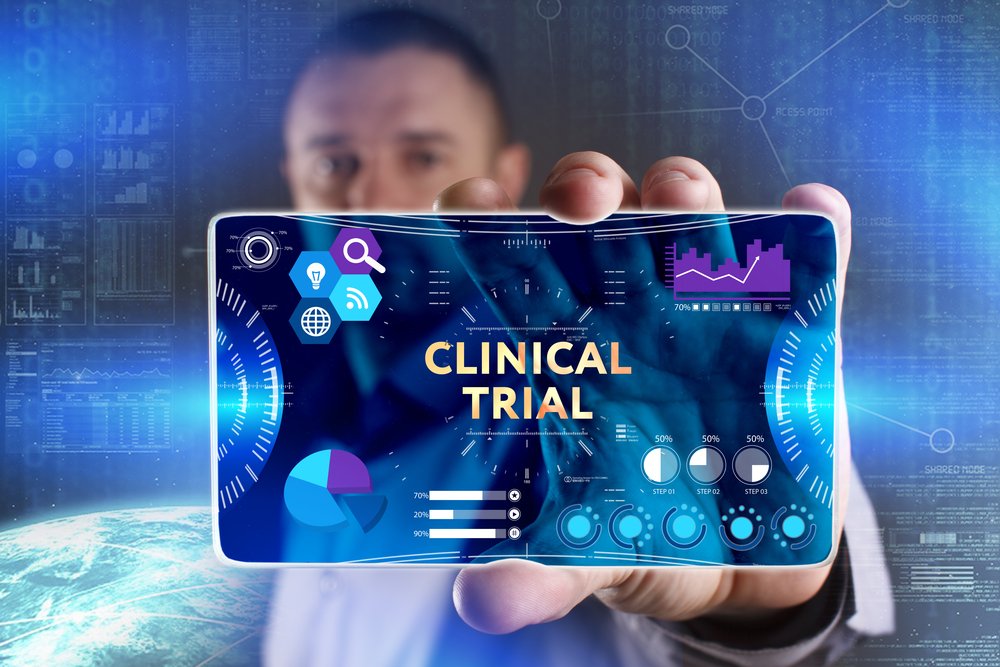FDA Recommends Abeona’s EB-101 Gene Therapy to Advance Toward Phase 3 Trial
Written by |

596601173/Shutterstock
The U.S. Food and Drug Administration (FDA) recently recommended Abeona Therapeutics accelerate the clinical development program of its gene therapy candidate EB-101 for the treatment of patients with recessive dystrophic epidermolysis bullosa (RDEB), also known as “butterfly skin” syndrome.
With the recommendation, which came in a recent Type-C meeting with the agency, Abeona is planning a pivotal Phase 3 trial that is expected to get underway early in 2018.
“The FDA guidance is an important milestone in our clinical development plan for EB-101, and we are pleased to be moving forward into a registrational Phase 3 clinical study in 2018,” Timothy J. Miller, PhD, president and CEO of Abeona Therapeutics, said in a press release.
“We are grateful that the FDA has recognized EB-101 as a rare disease product that addresses the underlying disease pathology to offer significant therapeutic benefit for RDEB patients, and we look forward to the collective work ahead in advancing this therapy,” Miller added.
Individuals with RDEB lack functional type VII collagen (C7) in their skin due to mutations in the COL7A1 gene. Collagen C7 is one of the components responsible for the maintenance of different layers of skin attached to each other.
Abeona’s EB-101 is an investigational gene therapy that was engineered to specifically deliver the correct form of the COL7A1 gene to patients’ skin cells. The new gene will trigger the production of the missing collagen C7 protein and help heal the damaged skin.
In collaboration with Stanford University scientists, Abeona is currently conducting a Phase 1/2 clinical trial (NCT01263379) to evaluate EB-101’s safety and effectiveness to treat chronic non-healing wounds in RDEB patients.
So far, the results of the trial have demonstrated the therapeutic potential of EB-101. Wounds treated with the EB-101 therapy candidate have shown greater healing improvement (more than 50 percent), and EB-101’s healing effect was found to be sustained for up to 24 months in about 88 percent of the cases.
EB-101 is the first therapy achieving such positive results in a disease with no approved treatments.
According to the results of a study by Stanford and the EBCare Registry, EB-101 is superior to other wound healing therapies such as Organogenesis’ Apligraf, which is approved to treat diabetic foot ulcers and venous leg ulcers, and Dermagraft, which is FDA-approved to treat diabetic foot ulcers.
Allograft products including Apligraf and Dermagraft managed to treat 7 percent of the wounds of 13 RDEB patients with 15 chronic wounds in a 12-week study, and none remained healed after 24 weeks.
“EB Research Partnership (EBRP), along with EB Medical Research Foundation, are honored to have helped support EB-101 development by the dedicated researchers at Stanford University. Their tireless efforts in combination with Abeona’s leadership is driving real progress in the RDEB patient community,” said Alexander Silver, co-founder and chairman EB Research Partnership.
“EBRP is encouraged by clinical results to date and looks forward to realizing the promise of EB-101 in addressing the devastating effects on RDEB patients’ quality of life and disease burden,” Silver added.
EB-101 was granted orphan drug status and rare pediatric disease designation from the FDA, and orphan drug status from the European Medicines Agency (EMA) in the European Union.





